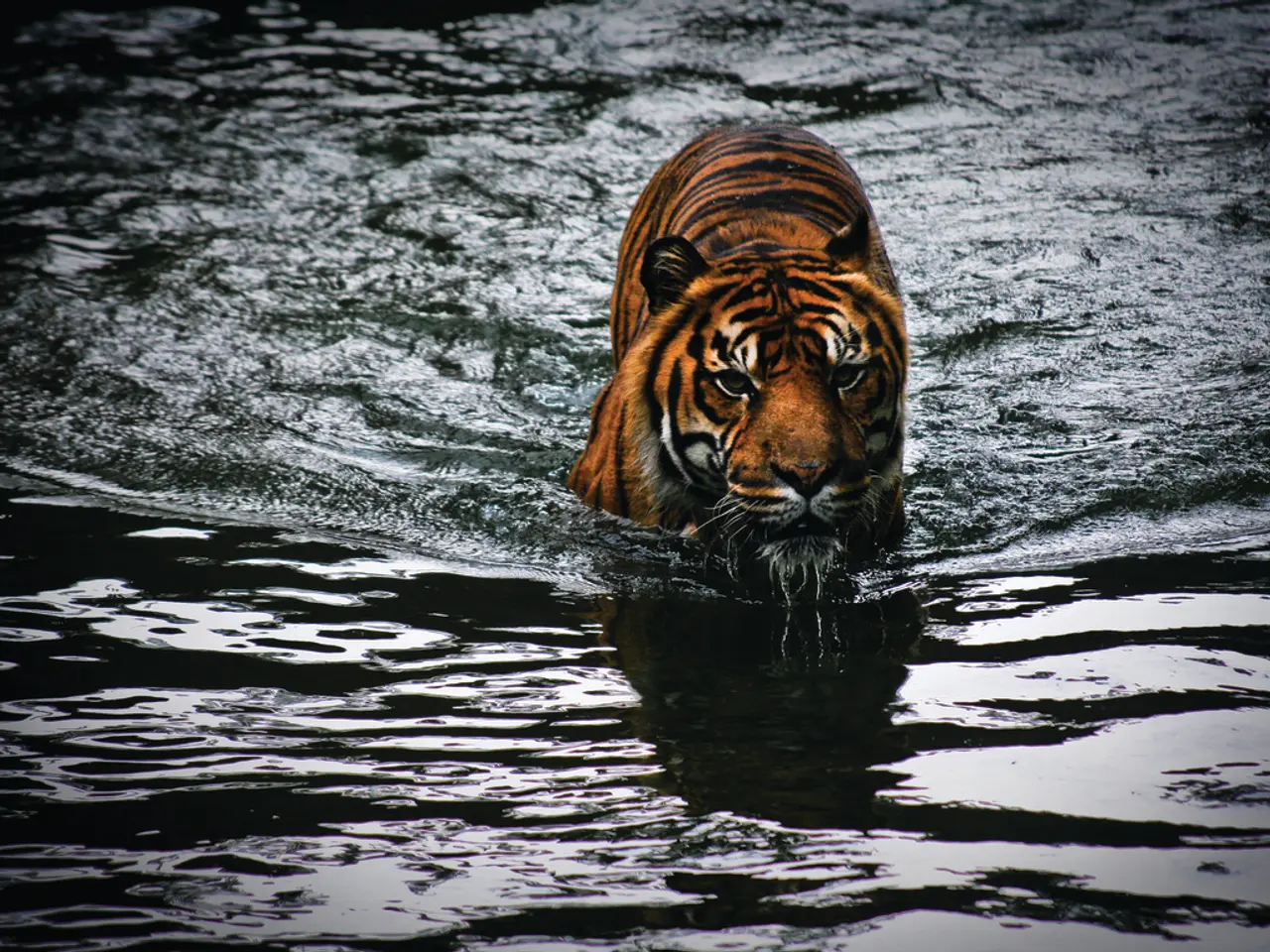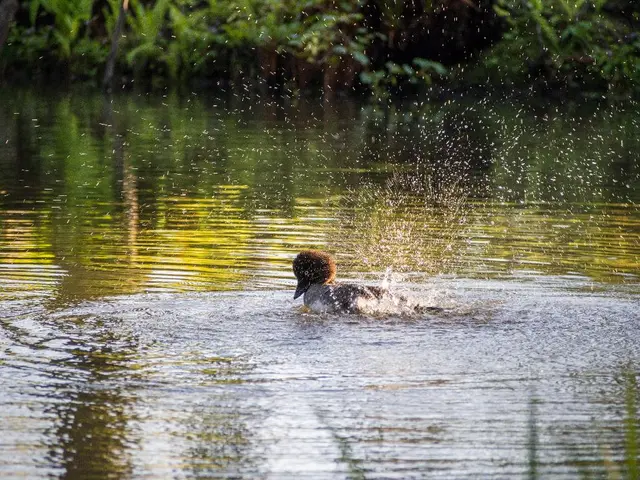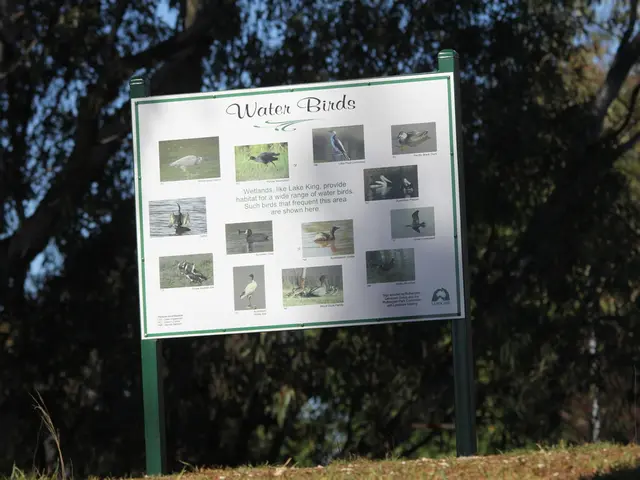Jaguar Swimming Distance Breaks Species Record, Puzzles Researchers
In a remarkable discovery, scientists have documented the longest recorded swimming of a jaguar in Brazil. The adult male jaguar was spotted swimming more than a mile across an artificial lake, breaking the previous record for the longest jaguar swim.
The journey began on the northern shore of the Serra da Mesa hydropower reservoir in Central Brazil, where the jaguar was first sighted in May 2020. The rainforest, transformed into archipelagos due to hydropower development, presented a challenging environment for the big cat.
Researchers used geodesic analysis to determine two possible routes the jaguar could have taken, with the shortest being approximately 1.27 km. This swim distance alone is nearly six times longer than the longest jaguar swim ever verified before.
The exact entry point of the jaguar into the water on the mainland could not be determined. However, the researchers used camera traps to capture images of the jaguar during both sightings, confirming that the two sightings were of the same individual through analysis of the jaguar's spots.
The team's findings suggest that the strategic retention of riparian habitat and placement of steppingstone islets can sustain landscape permeability for wide-ranging carnivores like jaguars. This insight has direct relevance for hydropower impact assessments and corridor planning.
Jaguar long-distance swims are believed to be rare, and this case offers a rare opportunity to study whether jaguars can move into new territories via water. The researchers concluded that artificial water barriers vary in permeability for jaguars, with some structures allowing passage and others posing significant obstacles.
The same individual was observed again in a camera trap on a small island within the reservoir, more than four years after the initial sighting. The study's results need to be validated, but the findings raise fresh questions about how to best protect this threatened species.
Jaguars' habitat is being fragmented by deforestation and other human-driven pressures. Conservation efforts have primarily focused on connecting pockets of suitable habitat. However, this study highlights the importance of considering waterways as potential corridors for jaguar movement.
The researchers posted a preliminary paper about the jaguar's unprecedented journey on the preprint server BioRxiv on September 10. The findings underscore the need for a more comprehensive approach to jaguar conservation, one that takes into account the complexities of the species' movements and the impact of human activities on their habitats.







